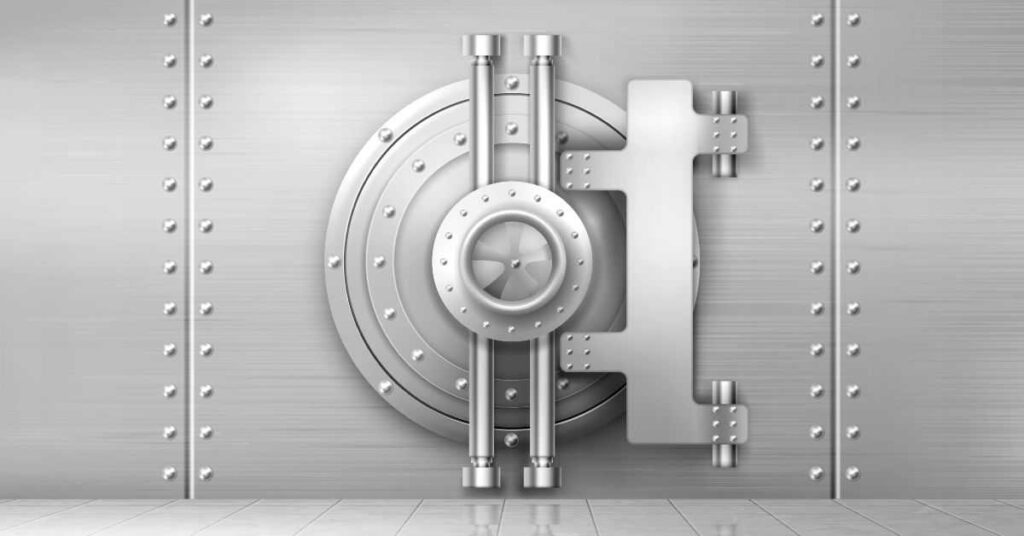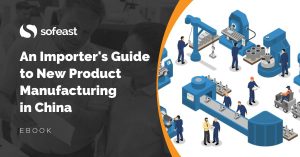Many leading brands have had to address concerns over the impact of their products on the environment. And one of the best responses is “make products that last longer”.
Here are the responses of two iconic brands:
- Apple: make iPhones last longer (optimizing battery charges, making display glass very hard, etc.)
- Patagonia: clothes that are durable and that are timeless (the opposite of ‘fast fashion’)
Over time, customers have the feeling that those brands’ products are of high quality and can be counted on. In addition to a good environmental record.
The good news is, you can probably take some steps in that direction and make your new products more durable, too, via the use of reliability engineering.
What would a reliability engineer suggest?
Let’s say you have a product development team and you hire a reliability engineer in that team. What would he be likely to suggest?
Here is a list of reliability engineering suggestions that can help improve product durability:
- Failures that are sent back from the field are a gold mine of information — make sure to analyze them and get a list of the biggest reasons why the current product design has failed. Getting clear information from users/consumers can be very difficult, and that can be frustrating, but it is important to know that.
- Make sure everybody on the development team knows what type of users will buy and use the product, in what typical environment/setting, and for how long (or how many cycles). Set an objective (for example, Miele designs its appliances to last for 20 years, and that objective has a wide impact on their operations).
- If applicable, set priorities. Some failures (e.g. the product no longer functions at all AND it can no longer be repaired) are more critical than others (e.g. users are inconvenienced but can still do the job AND maintenance to correct that inconvenience is an option).
- Conduct design reviews, for example, based on the DFMEA approach. Include people who have manufacturing experience in the review team. Think of what types of DFX approach can be helpful.
- Keep products as simple as possible, since complexity leads to extra points of failure. Try adding redundancy where needed (especially to prevent critical failures).
- Make a list of “lessons learned” that act as guidelines. Start from failure analyses on past/current products, or from some of the content of an existing standard.
- Have design engineers use their CAD tools to run simulations. What if there a shock coming from that angle, what if a lot of force is applied here, etc. Making iterations at this stage is far faster and cheaper than at the prototyping stage.
- Make good use of prototypes. Conduct reliability testing on them. Consider pushing them to failure (HALT), to understand what their major weaknesses are.
- Keep your eyes open as to new technologies and new materials. For low-volume manufacturing, a critical part may have to be 3D printed, and the benefit may be better structural strength as well as lower weight.
- Manufacturing also has an impact on the product useful lifetime. Work with a few key suppliers that have a strong performance track record. If you have to employ a new supplier, audit their processes in order to confirm their ability to satisfy your needs.
Have you tried to apply some of these reliability engineering principles? Did they help?
If you haven’t tried, is that because your production volumes are very low? Because the items you sell are not expected to last a long time? For lack of competences on your team, or on your supplier’s team? Let me know your thoughts by leaving a comment, please.
Are you designing, or developing a new product that will be manufactured in China?
Sofeast has created An Importer’s Guide to New Product Manufacturing in China for entrepreneurs, hardware startups, and SMEs which gives you advance warning about the 3 most common pitfalls that can catch you out, and the best practices that the ‘large companies’ follow that YOU can adopt for a successful project.
It includes:
- The 3 deadly mistakes that will hurt your ability to manufacture a new product in China effectively
- Assessing if you’re China-ready
- How to define an informed strategy and a realistic plan
- How to structure your supply chain on a solid foundation
- How to set the right expectations from the start
- How to get the design and engineering right
Just hit the button below to get your copy (please note, this will direct you to my company Sofeast.com):



